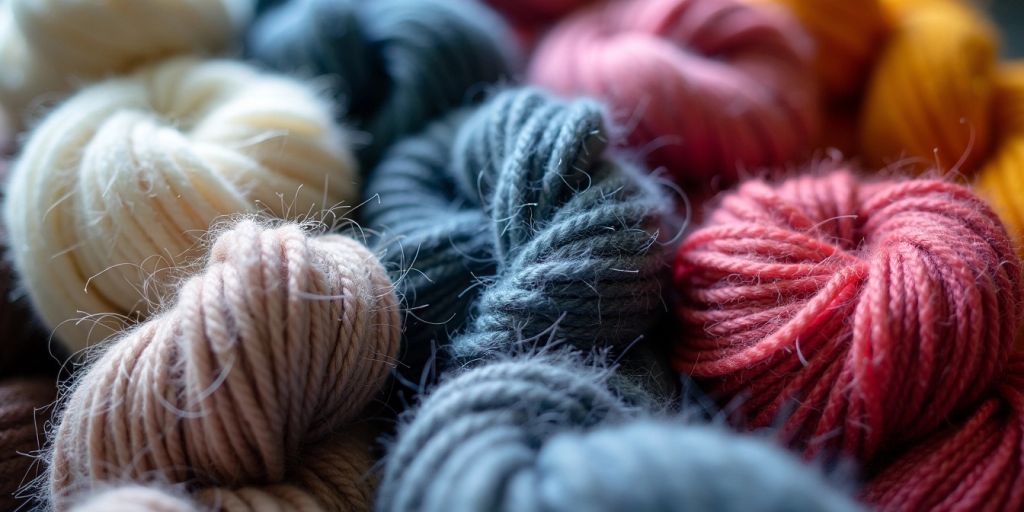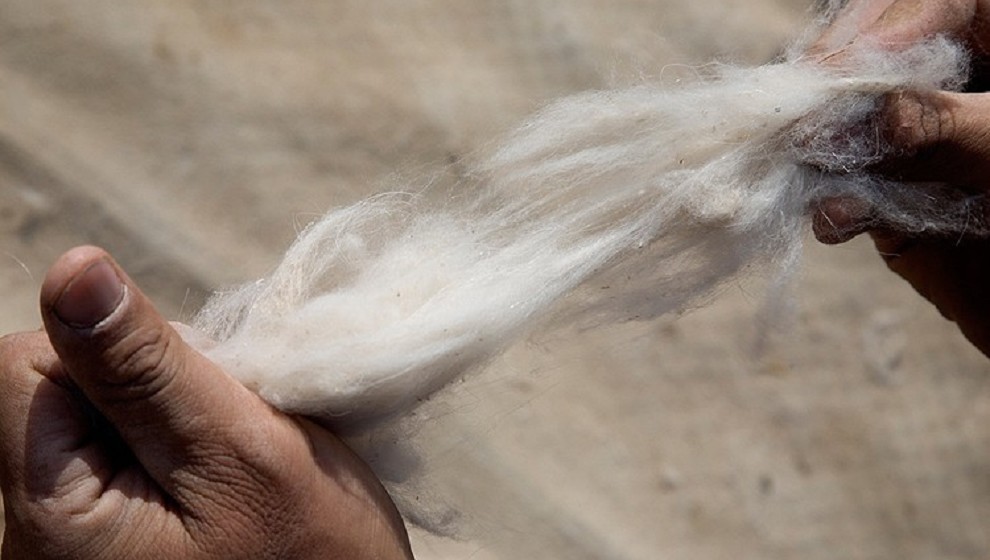The Exciting Process Behind Producing cashmere Fibre and Its Benefits
The Exciting Process Behind Producing cashmere Fibre and Its Benefits
Blog Article
Reasons You Should Require Cashmere an All-natural Fiber for Comfort and Elegance in Everyday Use
In the realm of textiles, couple of fibers equal the high-end and convenience of cashmere. Exactly how can one best utilize cashmere to boost their style? These intriguing concerns lay the foundation for an enlightening exploration into the world of cashmere. cashmere fibre.
Comprehending the Lavish Nature of Cashmere

Evaluating the Comfort Element of Cashmere Clothes
Cashmere's distinct fiber framework allows for breathability, controling temperature and protecting against overheating. Cashmere's hypoallergenic homes also contribute to its comfort, making it a suitable choice for delicate skin. In significance, the convenience of cashmere is derived from its soft qualities, breathability, sturdiness, hypoallergenic nature, and adaptability.

The Environmental Effect and Sustainability of Cashmere
While the comfort and elegance of cashmere are most certainly attractive, it's similarly important to consider its partnership with the setting. Cashmere production, primarily in Mongolia and China, entails raising cashmere goats, which can considerably stress breakable meadow environments due to overgrazing. Efforts are being made to develop lasting cashmere production methods, such as rotational grazing and cleaner handling strategies.
Comparing Cashmere to Synthetic Fibers: A Cost-Benefit Analysis
Regardless of its ecological obstacles, cashmere offers a distinct set of benefits over artificial fibers. Cashmere's all-natural fibers use unparalleled gentleness and heat, converting into comfort that synthetic fibers battle to match. Unlike artificial fibers, cashmere doesn't add to microplastic pollution, making it an extra sustainable selection.
Designing Tips With Cashmere for Everyday Style
Having actually thought about the cost-benefit analysis of cashmere Read Full Article compared to artificial fibers, it ends up being clear why this extravagant material is a favored selection for several. When styling cashmere for daily beauty, simplicity is vital. A cashmere coat, as an example, can be coupled with customized pants or a streamlined skirt for a chic, put-together appearance - cashmere fibre. For a much more casual ensemble, a cashmere cardigan worn over a simple tee and jeans shows easy design. Accessories find more information can even more raise the look: a statement pendant or scarf can include a pop of color to a neutral cashmere item. Eventually, the integral style of cashmere makes it a functional enhancement to any kind of closet, easily improving daily attire with a touch of luxury.

Verdict
In enhancement, cashmere's sustainability and lower ecological impact compared to artificial fibers additionally boost its appeal. Spending in cashmere garments is a rewarding decision for style, sustainability, and convenience.

Report this page